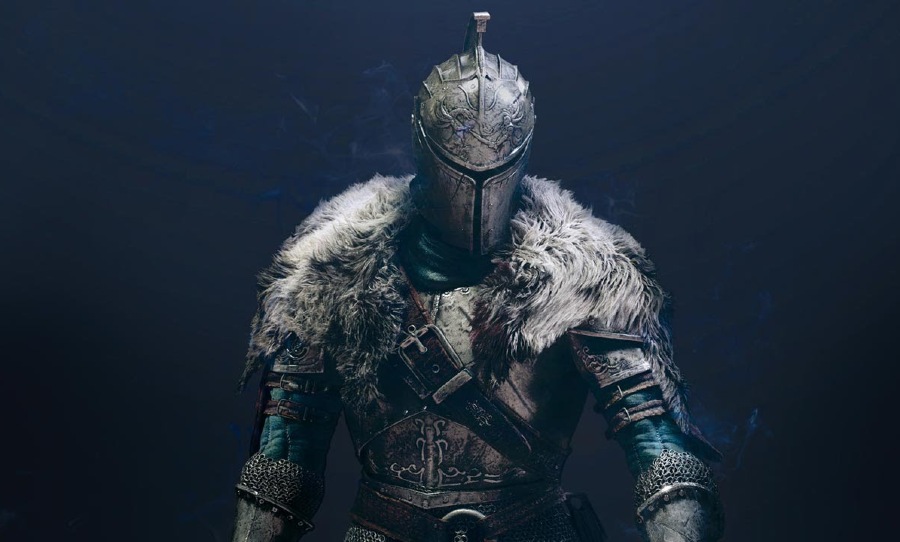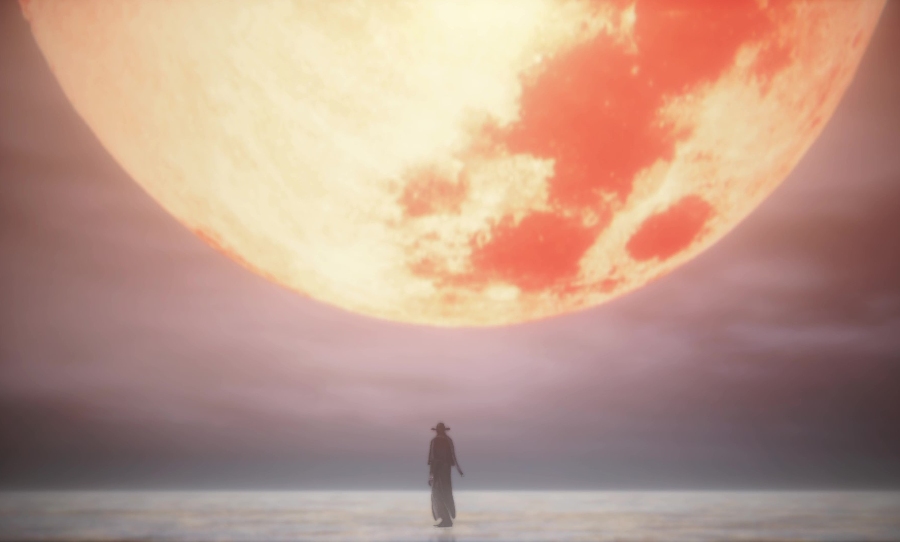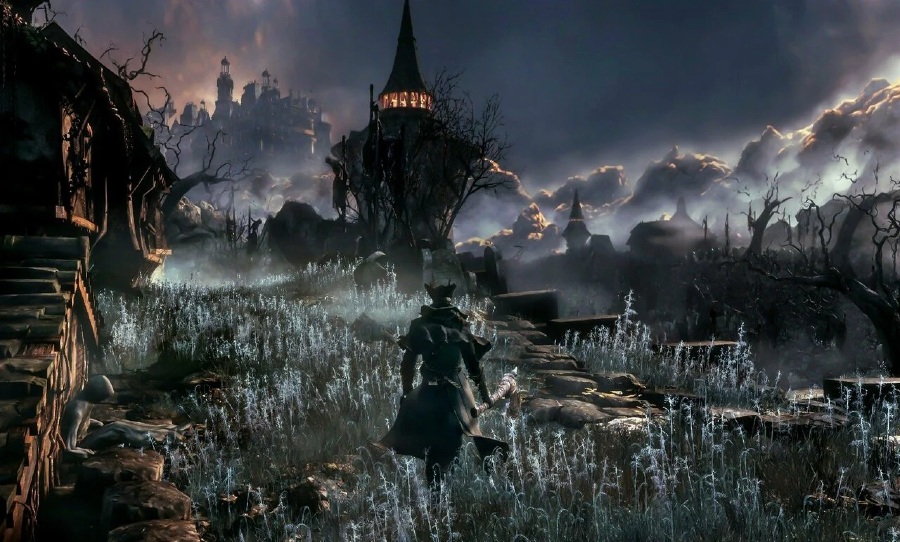When reflecting on a simply remarkable decade in gaming, there are a few titles that stand out—masterful works that raised the bar in the development of gaming as a whole. Some would point to Skyrim or The Witcher 3 for perfecting the fantasy RPG experience. Others would look to Bioshock and Mass Effect for masterful storytelling and outstanding trilogies. Though nothing quite compares to Dark Souls, a gritty, brutally challenging game that commands a new genre entirely.
The mastermind behind the series is Hidetaka Miyazaki, whose crystalline concept of the world he endeavoured to create was so brazenly ahead of its time that people, 10 years on, still refer to other games as ‘Souls-like’ as they scramble for a label.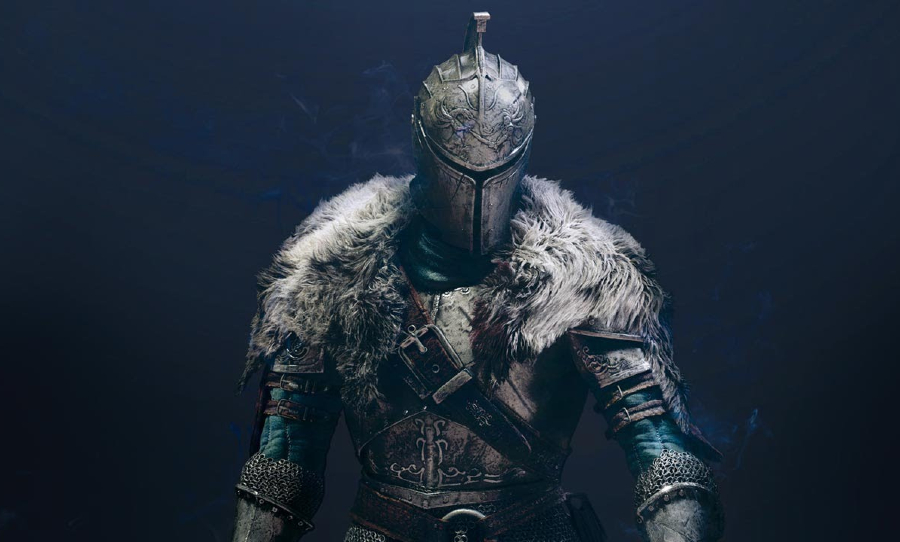
With Dark Souls, FromSoftware forged a wildly original concept that railed against the philosophy of mainstream gaming at the time.
Forging a genre
In the ’90s, if you made a first-person game that featured shooting multiple enemies with an expansive arsenal of weapons it was called a ‘Doom-game’. If you made a 2D platformer with a lovable protagonist you were ‘Metroid-like’ or ‘Mario-esque’.
The same is now true of Dark Souls. Anything that challenges a player to intricately learn a game’s mechanics while consistently defying them to overcome difficult foes and brutally punishing mistakes is a ‘Souls-game’. There are few games around today that can confidently say they have forged their own genre.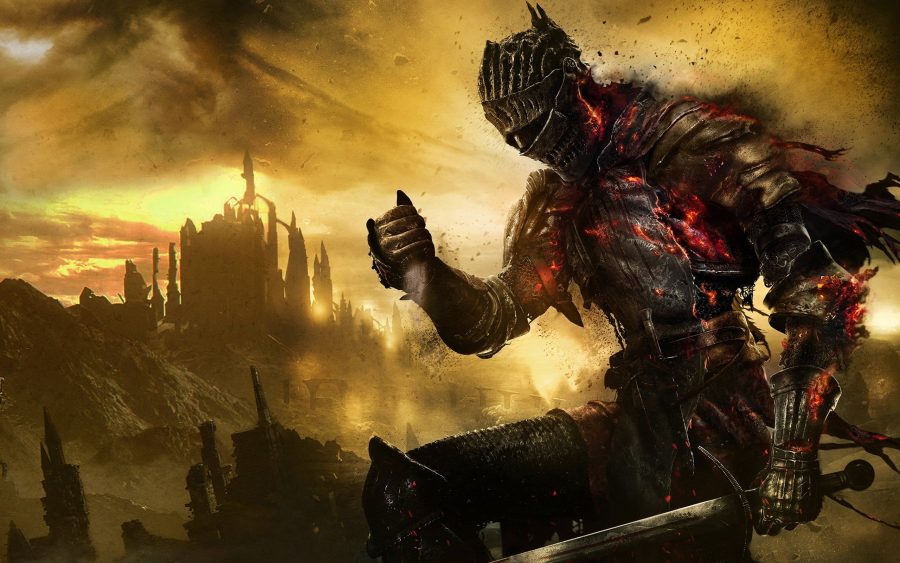
The genius of Hidetaka Miyazaki
The Souls series began in 2009 with Demon’s Souls. However, that title is often overlooked as it was born into a tumultuous time in the gaming industry with a relatively unstable launch plan.
2009 was the same year of massive blockbusters such as Call of Duty: Modern Warfare 2, Batman: Arkham Asylum, and Assasins Creed 2, which all ruled their respective genres and made massive, unforeseen sums of money in the process.
In a time of easily digestible narrative arcs and incessant handholding – a provision that still heavily pervades gaming today – Demon Souls turned the mainstream gaming world on its head. The ominous, oppressive landscape, beguiling plotlines and richly challenging gameplay was a welcomed breath of fresh air.
When Dark Souls dropped in 2011, the experience revolutionised what was thought possible of modern mainstream gaming and is the lodestone that kickstarted a genre of its own.
It is both a miracle and a misstep that a game can be so outwardly opaque and downright incomprehensible in its narrative, yet submerge some of the richest and most complex lore in gaming history. This is widely due to the magnificent art design.
As soon as the player occupies this grim, bleak world known as Lordran, it’s impossible to deny the atmosphere of the game as something sheerly original. There are no bustling towns of villages, no political hierarchies or battling armies. In fact, there’s hardly more than a handful of NPCs throughout the game and even they are so bleak and stiff-tongued that they hardly reveal any information at all. Hence, Hidetaka Miyazaki requires his players to do a little digging.
Miyazaki has openly cited the literary works of H. P. Lovecraft, Bram Stoker, and George R. R. Martin as inspirations in his desolate game world. Miyazaki also draws inspiration from European architecture and the history of humanity to conceive his environmental storytelling. One such example is the Milan Cathedral in Italy, which is directly referenced in Anor Londo, a central location in Dark Souls.
Just as the game’s combat rewards strenuous effort and careful observation of the player, so too does the story.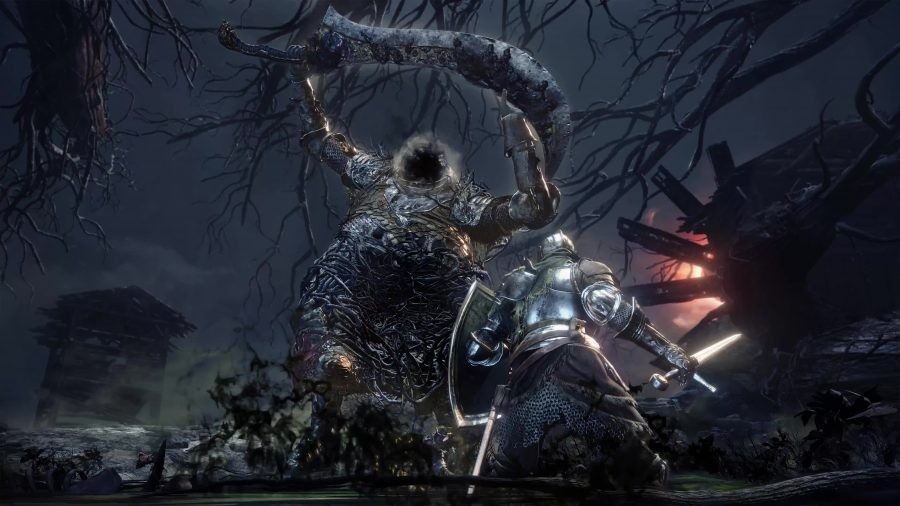
Souls, sacrifice, and struggle
The hallmark of Dark Souls is its brutal, challenging, and unrelenting difficulty. Conversely, however, the widespread view of its oppressive grind is often a misconception and should certainly not deter anyone from playing the game.
Yes, Dark Souls is challenging, and there are certainly times when the game is trolling you with difficulty, but 95% of the time, failure is the result of player error.
The most rewarding element of any Souls game is the realisation that difficulty is not a deterrent, it’s a tutor. Only through memorising traps, learning maps structure, and studying enemy attacks, will you achieve success.
After all, it makes sense as a reward system. When Nintendo first made Pac-Man in 1980, the one thing they realised would keep kids slotting tokens into the arcade machine was its difficulty.
The playstyle is completely up to the player and adjustments are often required to achieve success. Shed your heavy armour to gain agility in a vast poisonous swamp, equip that large round shield for the stentorian sentinels of a cavernous crypt, or become a paladin to constantly regenerate health against an amorphous, macabre conglomerate of screaming bodies with devastating damage.
Mapping out level design and memorising bosses attacks to the very letter is the only way you will survive Dark Souls, and passing through alive is a uniquely rewarding experience.
Legacy
Over the past decade, Miyazaki completed the Dark Souls trilogy and effectively mapped out the blueprint for his own genre that is widely copied, ripped-off, and innovated upon today, from indie titles to AAA releases.
Along with Dark Souls, Miyazaki has made other ‘Souls-like’ games such as Bloodborne, set in a gothic Victorian-era world, as well as Sekiro: Shadows Die Twice, set in the Sengoku period of Japan. These titles have been some of the best received in the genre as Miyazaki continues to perfect, polish and expand his craft.
2020 will see the release of Elden Ring, a collaboration with George R. R. Martin that will no doubt combine the rewarding challenge of Dark Souls with brilliantly rich lore and characters. As Miyazaki joins forces with the most celebrated fantasy writer of our time it’s hard to deny the influence he has had on the gaming community at large.
